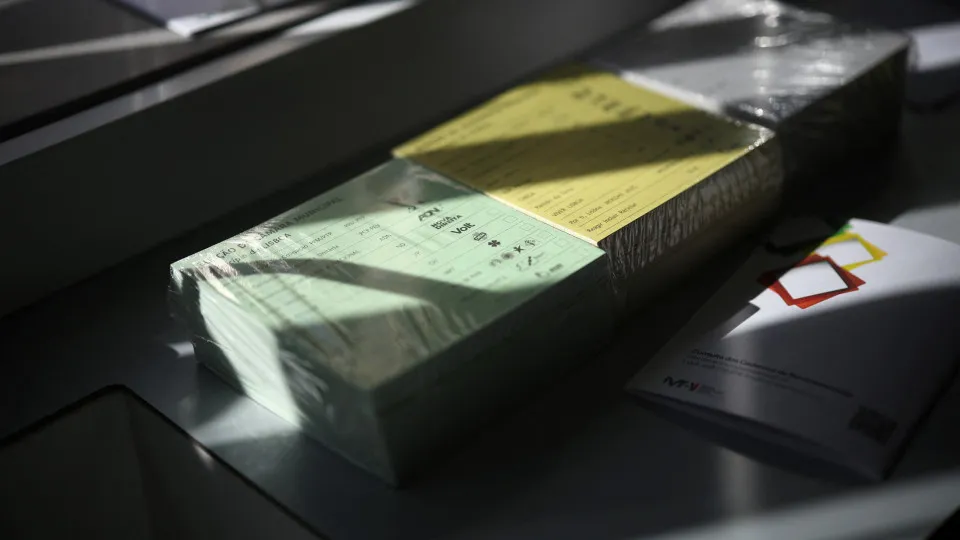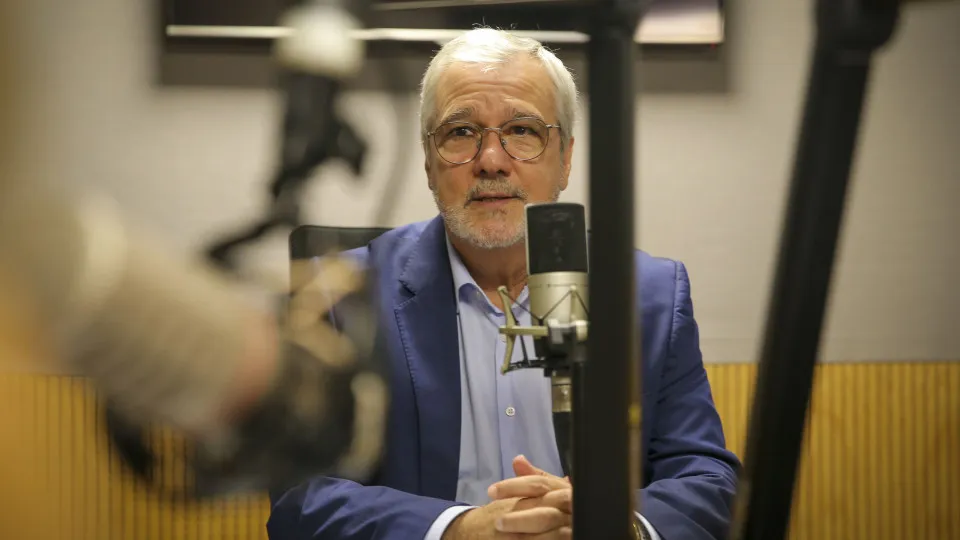
The projected growth is attributed to increased private consumption and strong performance in the industrial, retail, and construction sectors, as indicated by the barometer released today.
However, CIP’s Director-General, Rafael Alves Rocha, warns of the model’s fragility, particularly when based on temporary increases in disposable income.
On a positive note, he highlights “the reinforcement of public and private investment resulting from the execution of the Recovery and Resilience Plan (PRR), although we are concerned about the anticipated worsening of the negative contribution of net external demand.”
The ISEG Confidence Index also emphasizes the rise in confidence levels compared to the previous quarter.
The CIP/ISEG Global Activity Trend Indicator showed a significant acceleration in economic activity in August compared to July, reinforcing the growth trend that began in May. This was supported by increased cement sales and a partial recovery in services, with moderate contributions from retail trade.
Between July and September, the automotive trade grew by 14.7% in passenger car sales and 7% in goods sales, while industrial production rose by 20.6% in automotive and component production and 17.5% in energy production, reflecting solid performance in construction.
The current projection reinforces year-on-year growth compared to the previous quarter and shows only a slight deceleration due to base effects.
“Growth is thus supported by increased household disposable income—driven by budgetary measures, the dynamic labor market, and lower financing costs—and the advancement of PRR fund execution, which should continue to translate into reinforced public and private investment,” the document states.
In terms of demand components, the outlook is for an enhanced contribution from domestic demand to the year-on-year GDP variation, potentially accompanied by a worsening negative contribution from net external demand.




